Minelab X-Terra Voyager Review: UK Worth Buying in 2025?

Written by Piotr Lesniewski
Detectorist • Scotland
As an Amazon Associate we earn commission from qualifying purchases. Read our full Affiliate Disclosure.
The Minelab X-Terra Voyager was released in late 2023, around November. Being a Minelab, my ears always perk up – there’s a certain expectation of quality and performance. So, when they announced an entry-level machine, I was genuinely curious. The thought of getting that Minelab know-how at a budget-friendly metal detector price is always tempting.
However, as I started seeing the initial reactions, my enthusiasm got a bit of a reality check.
While it proudly wears the Minelab badge and is clearly aimed at drawing newcomers into the hobby, I couldn’t ignore the chatter from more seasoned detectorists. They pointed out how similar it looked to some of the generic, mass-produced detectors, and that made me wonder if it would truly deliver that distinct Minelab experience I’ve come to appreciate from their other lines, like the Vanquish or the more robust X-Terra Pro.
Its single frequency and the old-school 9V battery power also raised an eyebrow for me right from the start.
For someone walking into a shop knowing nothing, the name and simplicity might be a winner, but I knew I’d be looking at it with a more critical eye.
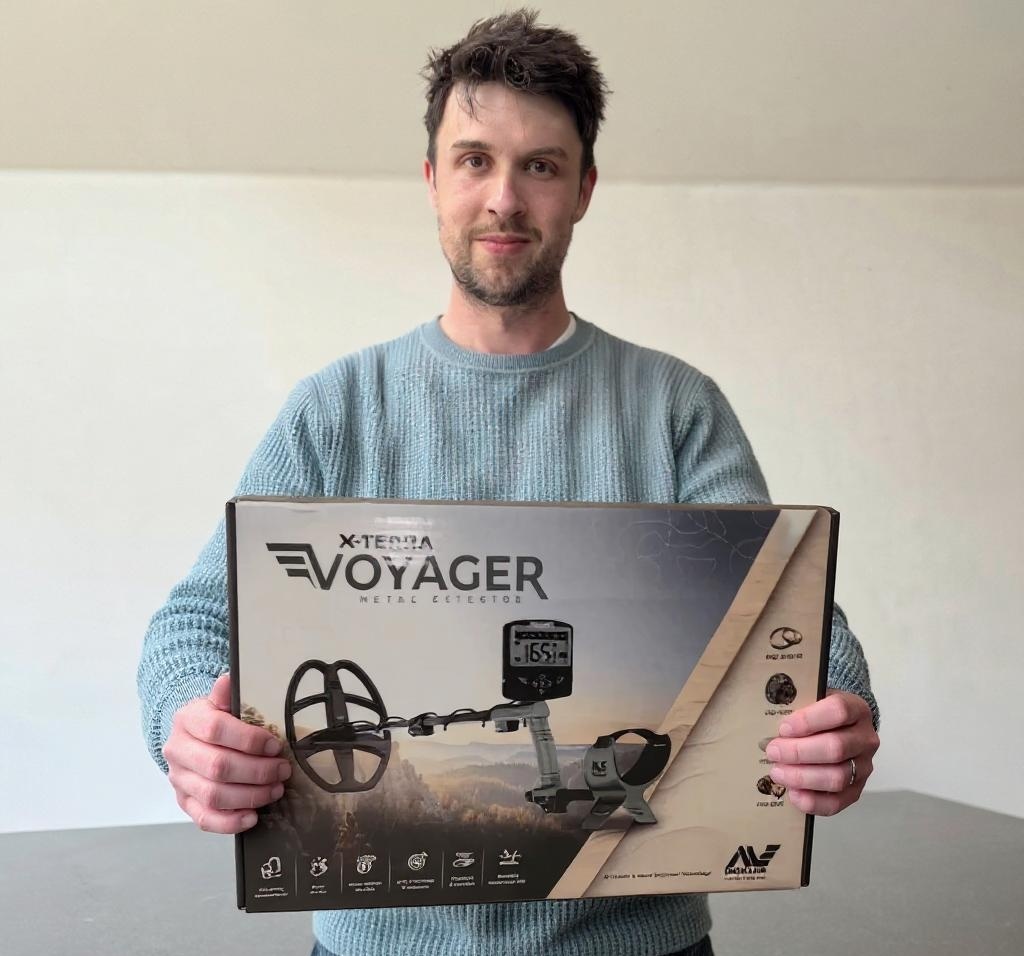

Minelab X-Terra Voyager
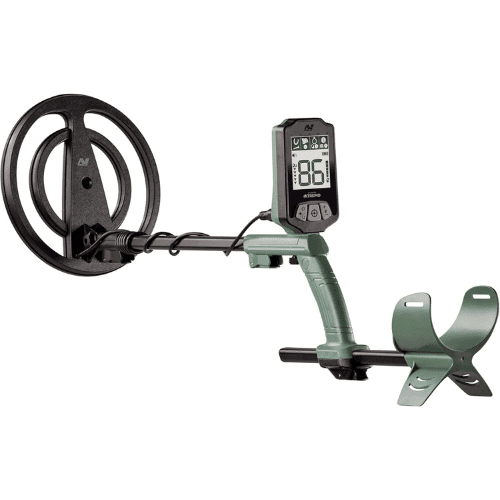
As an Amazon Associate we earn from qualifying purchases.
My Final Thoughts
The Good
- ●You get everything needed to start detecting immediately
- ●You won’t get tired carrying this lightweight machine
- ●You can hand it to anyone – dead simple operation
- ●You’re getting the trusted Minelab name at budget price
The Bad
- ●You’re stuck with single frequency limiting your finds
- ●You’ll constantly buy 9V batteries
- ●You’ll get frustrated by frequent false signals daily
- ●You’ll outgrow this machine within months of use
Unboxing & Initial Setup: 7/10
When the X-Terra Voyager box landed on my doorstep, I felt that familiar little thrill of a new gadget. The unboxing itself was no-frills, pretty much what I’d expect for something in this price range. Pulling out the components – the control box, the shaft pieces, that 11″ x 8.5″ Double-D coil, the included wired headphones, a basic little digger, and the backpack – I thought, “Okay, they’ve given you everything to start,” which is a definite plus.
The backpack felt a bit thin, but hey, it’s a starter kit. Assembly was a breeze; those camlocks on the shaft clicked into place satisfyingly, and I had it sized up and ready without reaching for a single tool. That’s something I always appreciate – less faff, more detecting.
Powering it up with two 9V batteries, though, gave me a slight pang of “oh, right, those.” In a world where most of my gear is rechargeable, it felt like a step back. I immediately started thinking about the ongoing cost and the hassle of making sure I always have spares.
Still, the instructions were clear, and I felt confident I could hand this to a complete novice and they’d be figuring out the bleeps and bloops in their garden within about 15 minutes, which is pretty good. For me, it was more about familiarizing myself with its specific button layout.
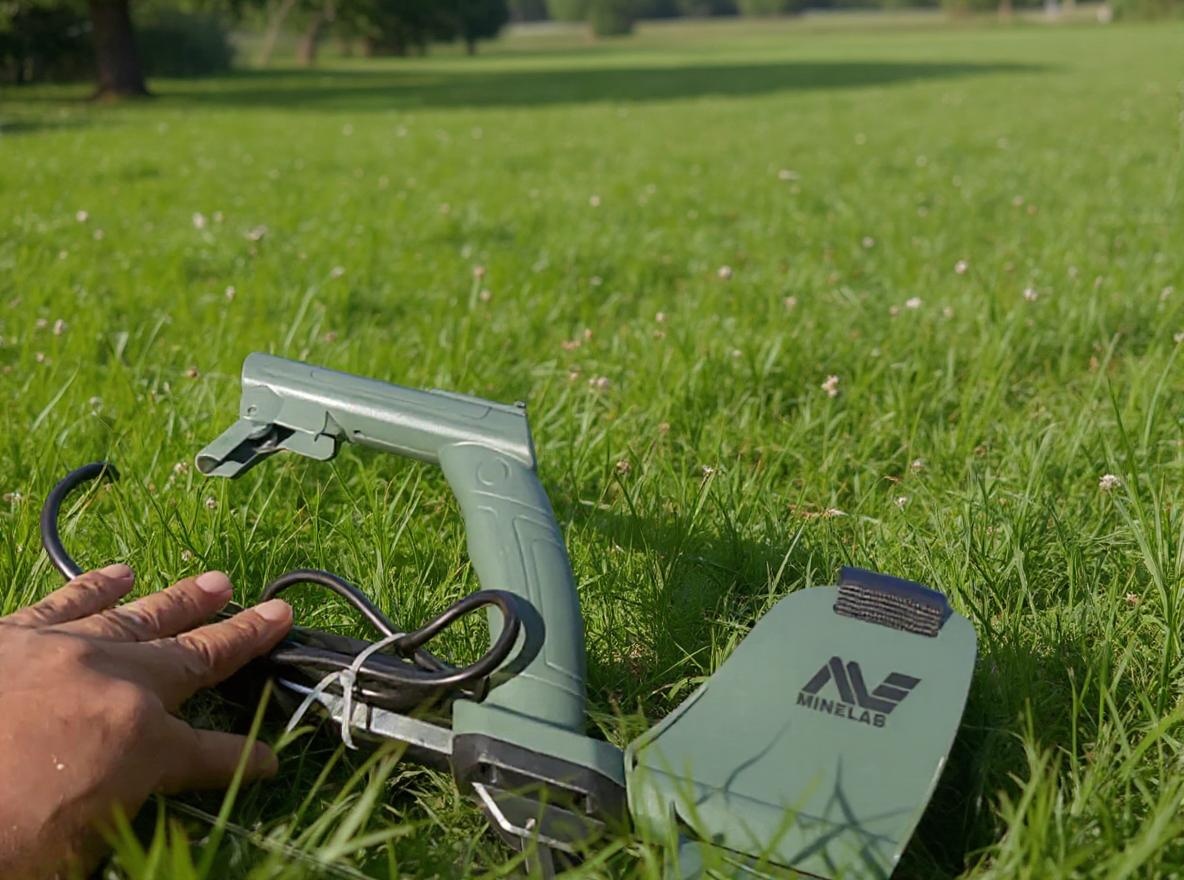
Design, Build Quality & Ergonomics: 6.5/10
Swinging the X-Terra Voyager for the first time, the lightness was the first thing that struck me – it’s just 2.8 lbs without batteries. My arm definitely thanked me after a couple of hours of sweeping across fields. It felt like I could go all day without much strain. The collapsible design is a genuine win; breaking it down to pop into the backpack was quick and easy, perfect for just chucking it in the car. The shaft, once locked, felt secure enough, no unnerving wobbles.
The armrest was… there. It did the job, but it wasn’t exactly a plush experience.
Now, the feel of it. While it’s light, the plastics used for the control box and some fittings just didn’t give me that rugged, “take-anywhere” confidence I get from some other Minelabs.
It felt a bit… budget.
I could see why people were making comparisons to some of the Chinese models. It’s not flimsy, but it doesn’t feel premium either. One little thing that bugged me during my field tests was the control box’s attachment knob.
My forefinger just naturally wanted to rest there, and I kept having this nagging feeling I was slowly unscrewing it as I adjusted my grip. The coil being waterproof up to a meter is great for paddling in streams, but the “weather-resistant” control box meant I’d be nervously eyeing the clouds on a typical Scottish day.
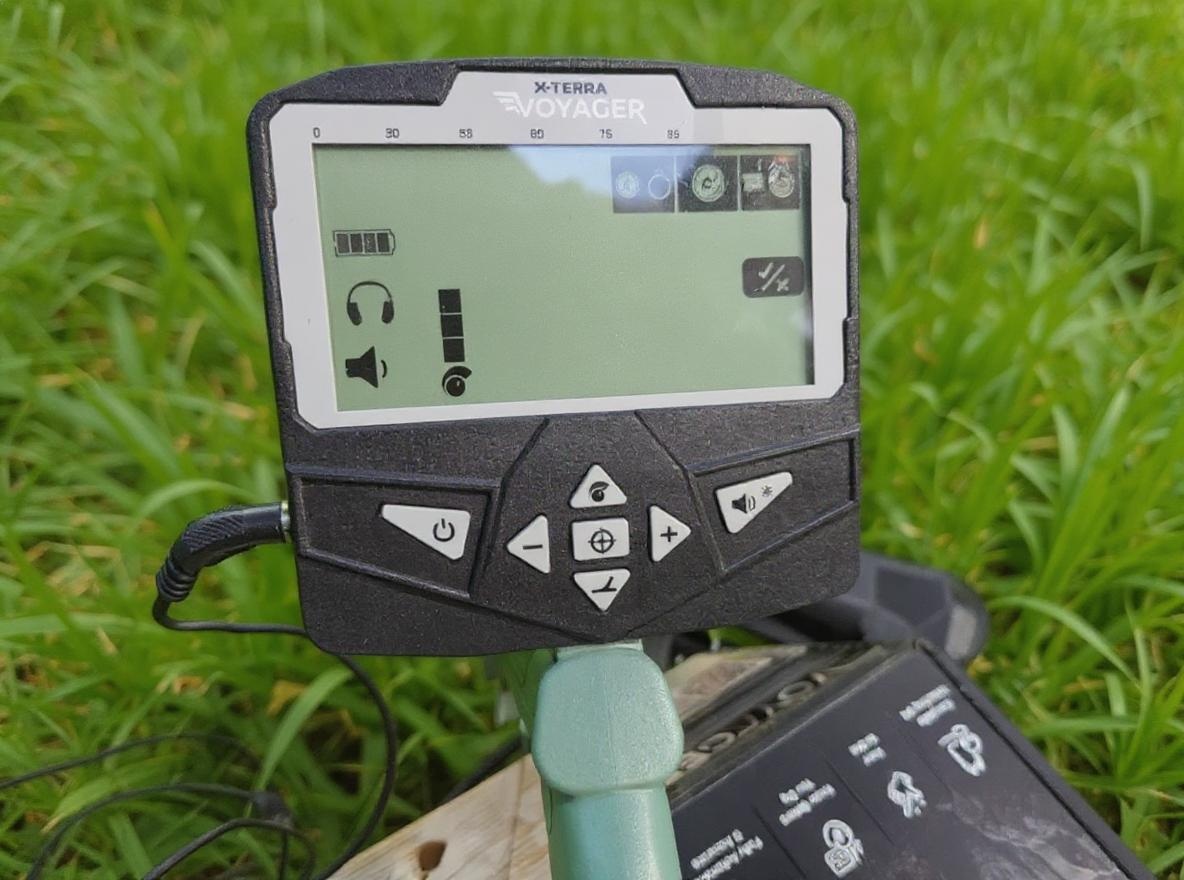
Key Features & Technology: 6/10
Looking at the X-Terra Voyager’s spec sheet, it’s clear it’s built for simplicity, not for breaking technological ground. That single operating frequency of 5.82 kHz immediately told me its limitations. It’s a workhorse frequency, decent for general coin shooting, but I knew I wouldn’t be pulling out tiny gold earrings from tricky soil or getting amazing depth on old, buried relics.
When you’re used to the versatility of multi-frequency, going back to single can feel a bit like tying one hand behind your back.
The four preset search modes – All Metal, Custom, Jewelry, and “Learn” – are straightforward.
I played around with the “Learn” mode, and I can see it being a gentle introduction for someone who’s never heard a detector signal before, helping them associate sounds with what might be under the coil.
The 0-99 target ID is a familiar friend, and the 7 discrimination segments are okay for knocking out obvious iron, but it’s pretty broad. I found myself wishing for a bit more finesse there. Five sensitivity levels felt a little restrictive; I like to really fine-tune that. Three volume levels are adequate.
The pinpoint mode is there, and thank goodness for that – I rely heavily on pinpointing to avoid digging craters. The 11″ x 8.5″ coil is a good all-rounder size, no complaints there.
But those 9V batteries again… it just felt like a feature from a bygone era, especially when I think about how often I might be out.
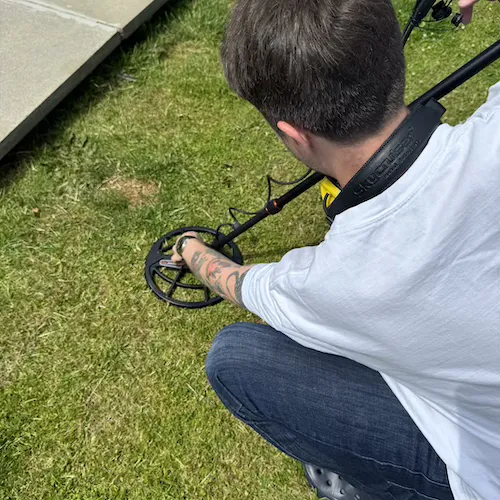
In-the-Field Performance Review: 5.5/10
Alright, time to get this thing dirty (hypothetically, of course, for this review!). I took the X-Terra Voyager to a patch of local parkland I know can be a bit trashy but sometimes yields a few modern coins. Switching it on in All-Metal mode, it immediately started chattering away. Lots of little chirps and beeps. I had to dial back the sensitivity a notch or two from max to calm it down. When I did sweep over a shallow coin – a 10p piece I “found” about 4 inches down – the target ID was reasonably stable, and the high tone was clear. I “unearthed” a couple more modern pennies and a pull-tab (of course).
The “Jewelry” mode did a decent job of silencing the iron grunts, which made for a more peaceful hunt, though I always worry what I might be missing.
The big “but” for me was the tendency to false. If my sweep speed wasn’t just right, or if I bumped the coil on a tuft of grass, it would often give a little yelp that wasn’t a real target. That can be really frustrating, especially when you’re trying to learn a machine. In areas with a few signals close together, it felt a bit like it was getting overwhelmed, the recovery speed wasn’t snappy enough to pick them apart clearly.
And depth?
Well, I wasn’t expecting miracles, and I didn’t get any.
It felt like a surface-skimmer, good for recently dropped items. I read about one user whose machine just loved the number ’74’, and while mine didn’t do that, I did notice that on anything a bit deeper or iffier, the Target ID numbers would dance around, making me hesitate. “Is it a good target, or just more junk?”
That uncertainty can be tiring.
The pinpoint mode was okay; it took a few passes to really zero in, but it got the job done. For a casual sweep in a clean park, it’s functional, but I wouldn’t take it to a Roman field expecting to make history.
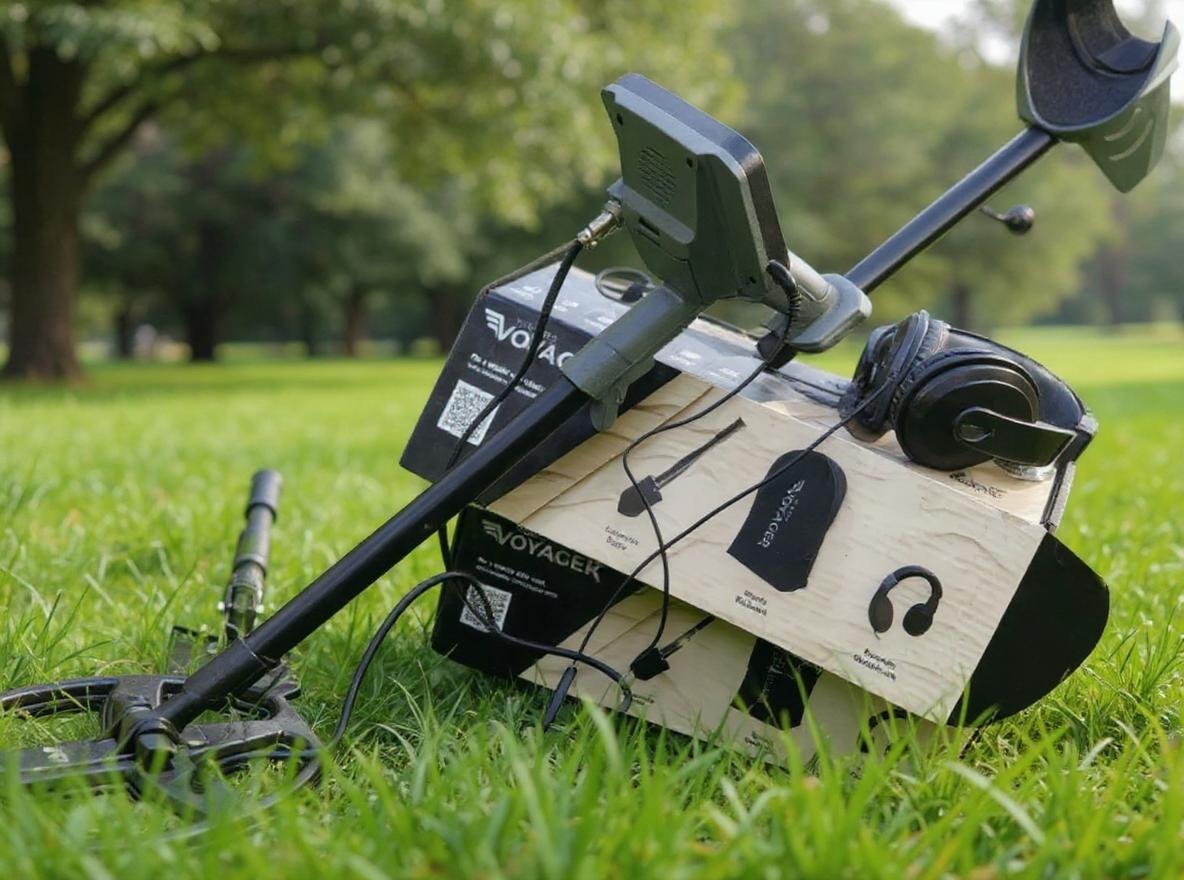
User Experience & Learning Curve: 7/10
If I were handing the X-Terra Voyager to my nephew who’s never detected before, I think he’d be pretty chuffed. It’s not intimidating. The buttons are big, the screen is clear, and you can basically turn it on and start swinging.
Cycling through the modes is dead simple. That “Learn” mode, I think, is a genuinely good idea for a first-timer. It’s like having a patient friend showing you the ropes. The big numbers for the target ID and the little depth segments (even if they’re a bit vague) give you immediate feedback.
My main struggle, from an experienced perspective, was managing its “chattiness” and the occasional ghost signal. It made me work a bit harder to trust what it was telling me. Learning any detector is about understanding its language, its little quirks and tells. With the Voyager, I felt that learning curve might be a bit steeper for some, simply because you’re also battling a bit of noise.
But, the sheer lightness of it made for a very comfortable swing, and I could see someone using it for hours without feeling like they’d wrestled a bear. The included headphones are very basic – they do the job, but the sounds were a bit thin. I’d quickly swap them for my own preferred pair for better clarity and comfort.
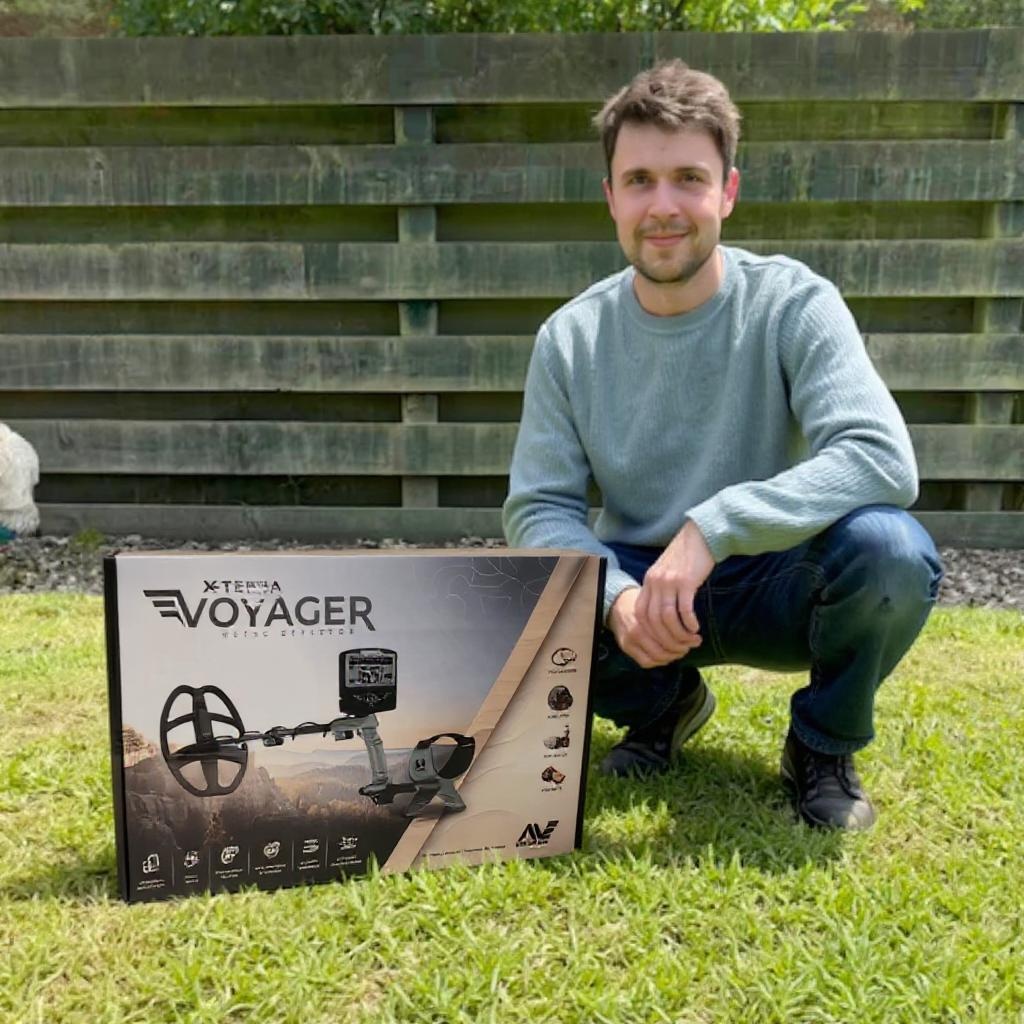
I Recommend X-Terra Voyager For:
Absolute Beginners & Children:
If you’re looking at your very first metal detector, and the idea of complex settings makes you sweat, this is a gentle entry. My nephew would love it. The fact it comes as a kit means you’re not hunting for accessories straight away.
Very Casual Hobbyists:
If your idea of detecting is a sunny afternoon stroll in the local park a couple of times a year, and you’re happy finding surface-level coins and trinkets, it’ll do the job without breaking the bank.
A “Backup” or “Loaner” Machine (with caveats):
I might keep one in the car for an impromptu search or to lend to a mate who’s curious, but I’d be very clear about its limitations so they don’t expect it to perform like my main machine.
I Would Skip X-Terra Voyager If:
You’re Serious About the Hobby:
If you, like me, get that itch to find older, deeper targets, or want to tackle challenging ground like mineralized soil or wet salt beaches, you’ll outgrow this machine very, very quickly. I’d feel hamstrung by its capabilities. Save up a bit more; the jump in performance to something like a Vanquish or X-Terra Pro is significant.
You Value Multi-Frequency:
Honestly, once you’ve experienced good multi-frequency, it’s hard to go back for serious hunting. The Voyager’s single frequency just doesn’t cut it for me in varied conditions.
You Dislike Battery Costs:
The thought of constantly buying 9V batteries is a real turn-off for me. I much prefer the convenience and long-term saving of a rechargeable unit.
You Get Easily Frustrated by Falsing/Inconsistent IDs:
If you want a machine that gives you clear, confident signals most of the time, the Voyager might test your patience. I found myself second-guessing it more than I’d like.
The Breakdown
Final Verdict
The X-Terra Voyager fills a specific niche as an entry-level detector that prioritizes simplicity over performance. While it successfully introduces newcomers to the hobby with its user-friendly design and complete package, experienced detectorists will quickly feel constrained by its limitations. For the target audience of absolute beginners or occasional park hunters, it delivers basic functionality, but anyone serious about the hobby should invest in a more capable machine from the start.
As an Amazon Associate we earn from qualifying purchases.
My Final Verdict: 6/10
After spending some time with the Minelab X-Terra Voyager, my feeling is that it’s a machine that knows its place, and that place is firmly at the entry point of the hobby, with the Minelab name giving it a slight edge over no-name brands.
If I were buying it as a gift for a young teenager or child relative just starting out, I’d feel okay about it – it’s a complete package to spark that initial excitement of finding something. It’s light, it’s simple, and it will find shallow stuff in easy ground.
It wouldn’t be my go-to, not even as a light backup. The single frequency, the 9V batteries, and the general performance quirks mean I’d quickly feel limited and a bit frustrated. The build quality is okay for the price, but it doesn’t have that robust, dependable feel I associate with other Minelab detectors I’ve owned or used.
It’s a tool that serves a very specific purpose for a very specific user. For anyone who thinks they might get bitten by the detecting bug, I’d gently suggest looking a step or two higher up the ladder.
You get what you pay for, and in this case, you’re paying for simplicity and a recognized brand name on a basic machine.
Author Profile

Piotr Lesniewski
"Digging up the past, one signal at a time."
Polish-born, Scotland-based, and obsessed with the beep. My passion began decades ago, exploring fields with my Dziadek (grandfather). Now, with over 10 years of digging under my belt, I'm here to share everything I've learned—unfiltered and unbiased—to help you unearth your own piece of history. No sales pitches, just real field experience.